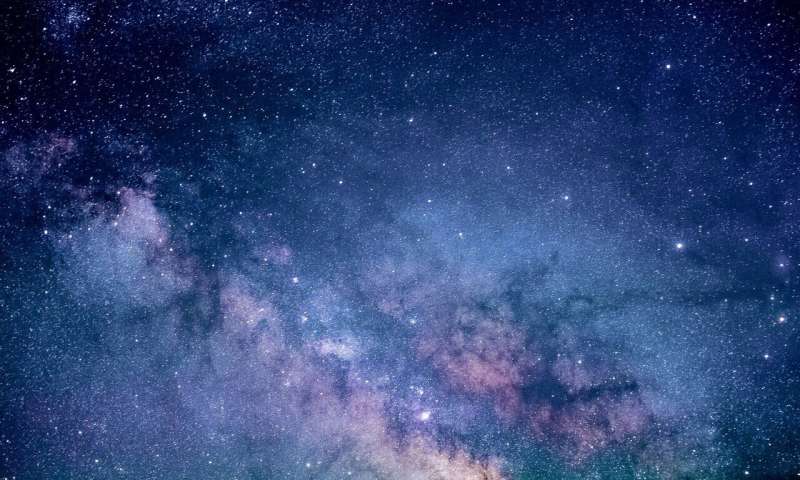(Check your local listings.)
He suggests getting to a place without "light pollution," which means away from urban centers, where it's best to see dark night skies. If you live near a desert, that would be optimum.
He likes the website www.darksitefinder.com for checking where to find the best skies.
How to photograph the Christmas Star
Go wide. If you have an iPhone or Galaxy with multiple lenses, use the wide camera, to get the most detail and best low light rendering. The Pixel only generally has one lens, so use that one.
Keep it steady. "If you take the time to put it on a tripod, even a rinky dink tripod, it's will make a huge difference," says Bryan O'Neil Hughes, a product manager at Adobe, which makes photography software. You can buy a cheap tripod at a big box retailer for as little as $25, but there's an important add-on. You also need a smartphone tripod adapter, which should cost around $10.
If you do end up out there sans tripod, find something to prop up the phone. Lean it against a book and aim it at the sky.
Pro tip: Camera shake from your finger can ruin the shot, so put the camera on timer mode, to 3 or 10 seconds, and let the camera automatically snap the shot. Apple iPhones can actually detect if it is propped onto something and extend the maximum exposure time to 30 seconds, which will produce more stars for you.
Night mode: If you have one of the new iPhone 12 models, as well as the iPhone 11, they all have Night Mode, which is an automatic feature that kicks in when things get dark. The trick to Night Mode is you really have to hold the phone steady, or your image will be blurry. Better or course, is putting it in a tripod. Beyond automatic, when in Night Mode, you can tap on the Night mode icon and the slide the timer in the bottom drawer to "Max," which will give you a 30 second long exposure, giving you more time to bring in those stars.
Bonus! If you have the 12 Pro or 12 Pro Max, Mann suggests shooting in Apple's new RAW format, which offers more manual controls and dynamic range for your shots. He has great back to back examples on his website which show how more stars are visible in RAW because we're able to manually wipe away the automatic noise reduction from Apple software.
Editing: If you shoot in RAW, or even if you don't, you'll want to edit the photo to bring out the best in the image. You can use Apple's free Photos app, where you increase exposure and add sharpening to bring out more of the skies and stars, or Adobe's Lightroom Mobile, a free version of the desktop program, which starts at $9.99 monthly.
You get a mix of sliders to increase blacks, exposure and fine tune white balance for color. Hughes recommends two sliders in particular, Clarity, to "make your subject pop," and Dehaze, to "remove atmospheric haze," which he says is like putting on polarized sunglasses.
However, "this should be used sparingly," he says. "Too much will darken your image."
(c)2020 U.S. Today. Distributed by Tribune Content Agency, LLC.



